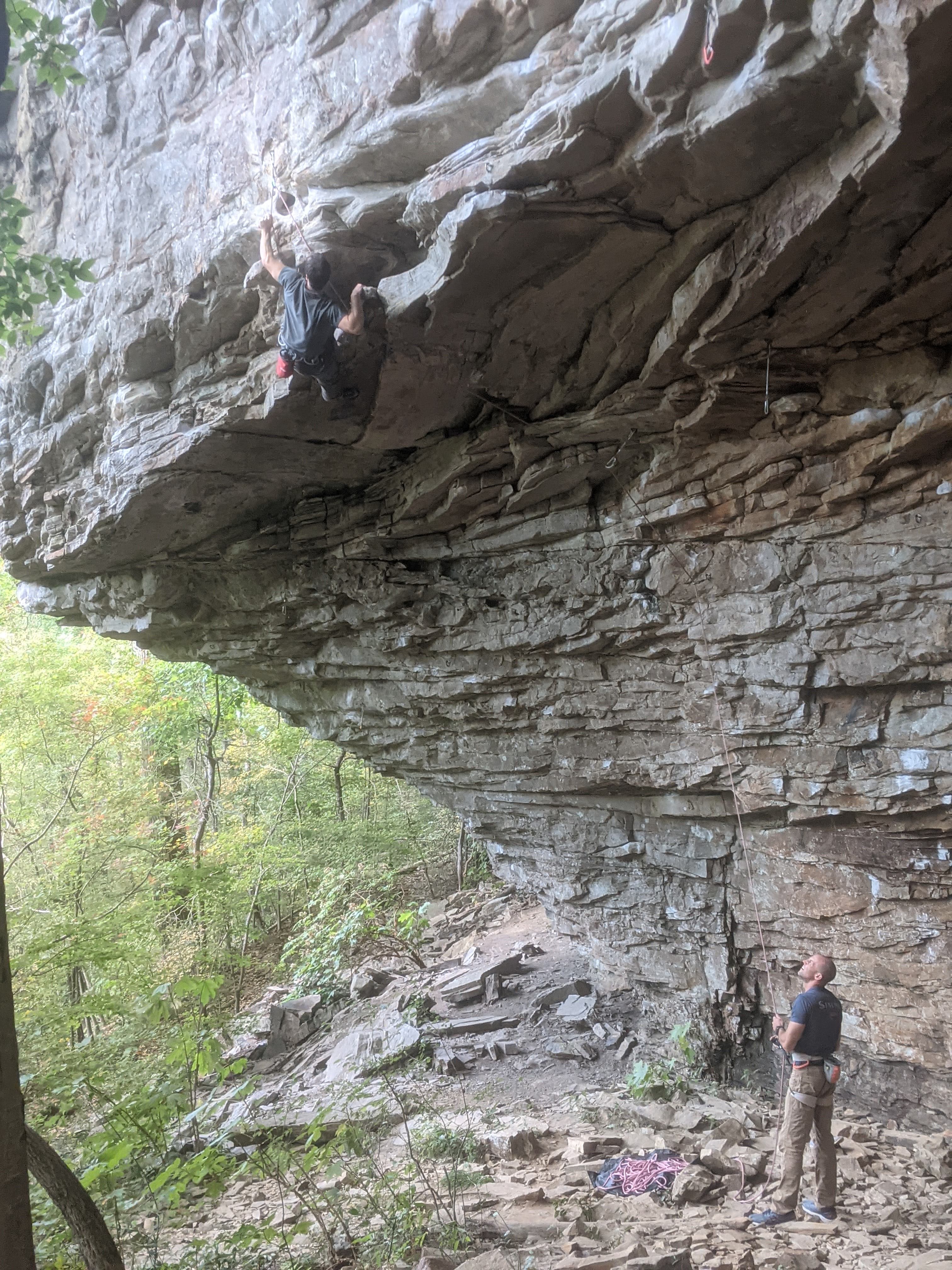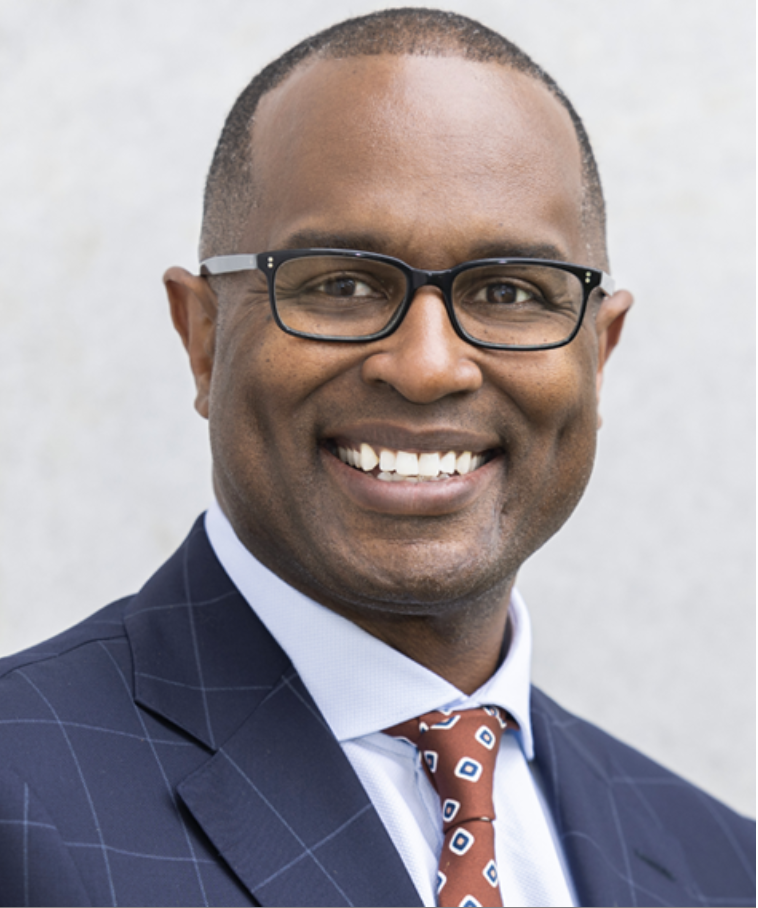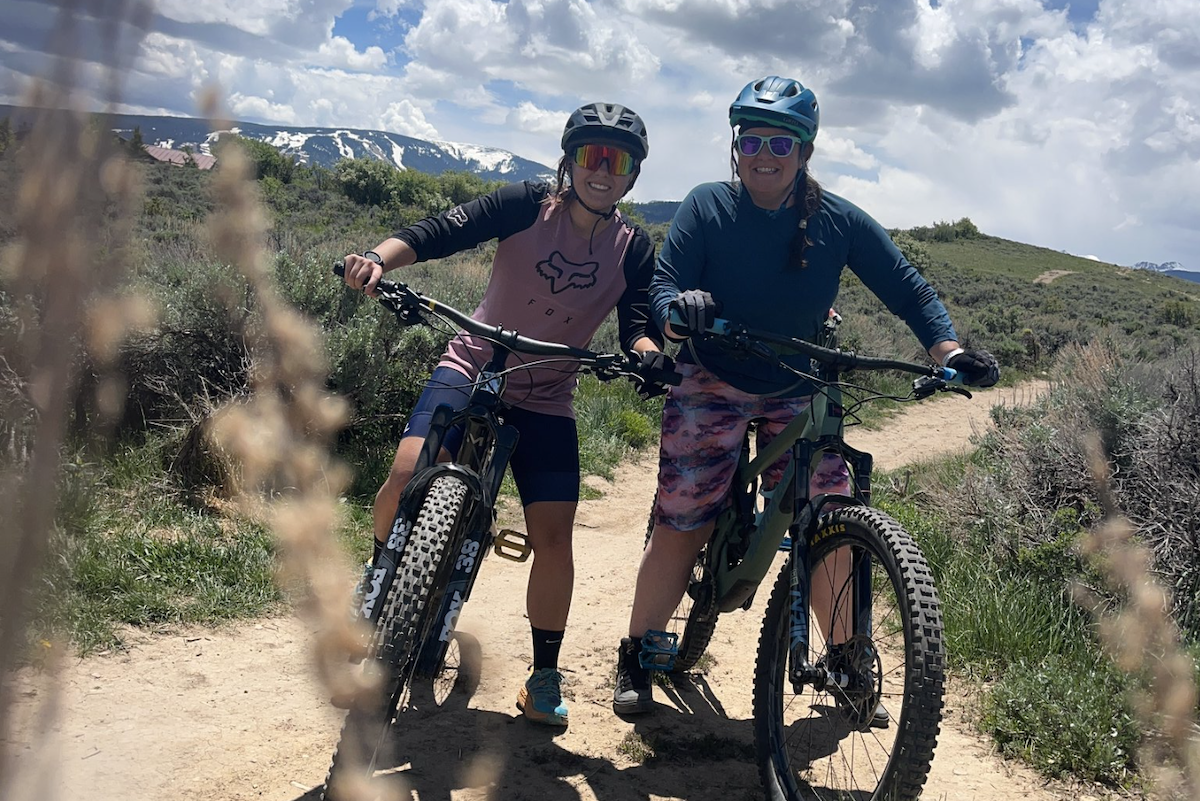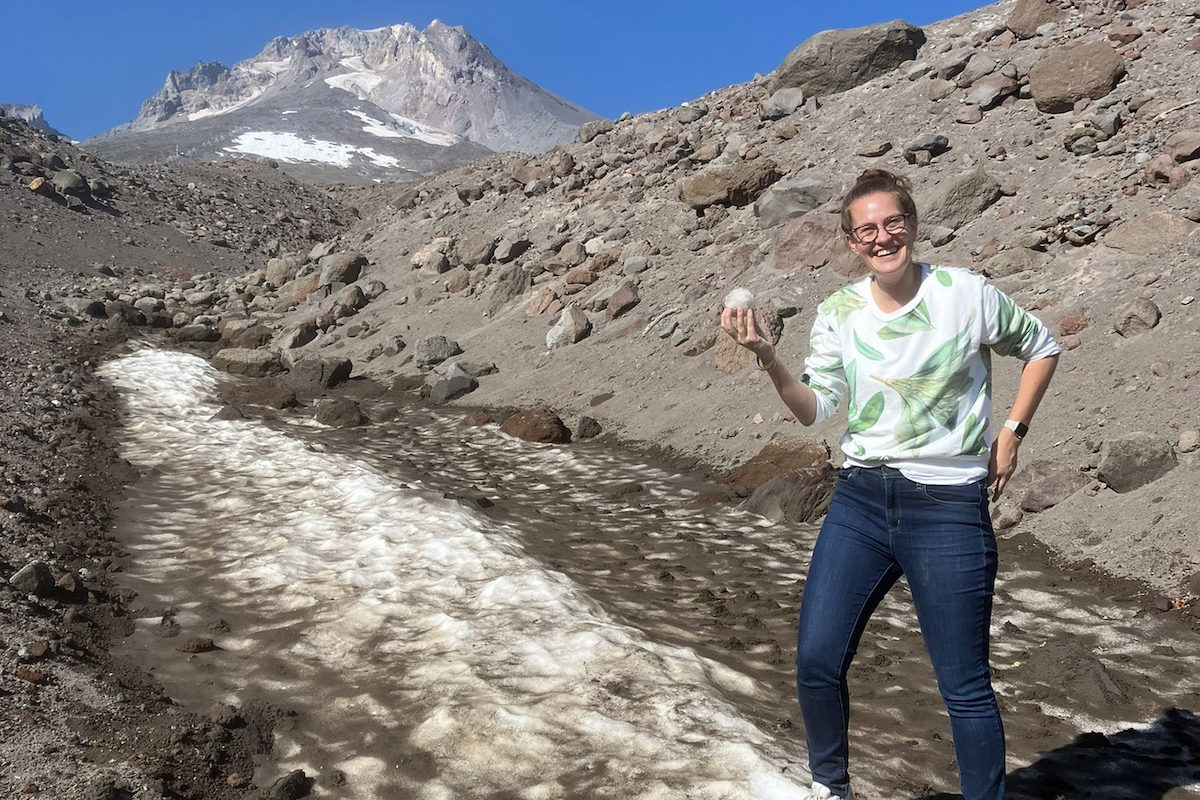As a biochemist, Eric Sundberg always loved structures, especially the three-dimensional structures of protein molecules. “The first time I saw a molecule spin in three dimensions on a computer screen, I was just taken with that,” he says. “I think like a molecule. What would I do if I were this molecule?”
Given that level of interest in granular details, it isn’t surprising that Sundberg, a professor of biochemistry in Emory’s School of Medicine, is also a dedicated rock climber who’s explored a range of cracks, crags and rock faces around the world. “There's obvious parallels,” he says. “How you assess a structure and how you view a protein. If you were to interact with that protein, what kind of strategy would you have for engaging it? Just like if you look up and there's a giant crack, what's my strategy for getting up that crack?”
Working hard and playing hard is a way of life for many Emory researchers, and they often feel extreme sports provide an almost mystical connection between the two. “Rock climbing has been the one sport I just can’t quit,” says David Reiter, an assistant professor of radiology, even though he started out playing soccer in college. “I’ve gone off and done other things that are more endurance sport related but I always end up coming back to rock climbing. It's got so many dimensions between the physical and the intellectual and the emotional. For me, it's a big distraction from the things that create stress in my life.”

David Reiter, professor of radiology
Kenneth Carter has studied that pattern. The Charles Howard Candler Professor of Psychology at Oxford College, Carter follows extreme risk seekers. He even wrote a book about it:“Buzz: Inside the Minds of Thrill-Seekers, Daredevils and Adrenaline Junkies.”
“It's easy to think the high sensation seekers are outgoing extroverts, but that's not necessarily the case,” Carter says. “Risk is really the price of admission to the kinds of activities or experiences they want to be able to have. It helps connect them with themselves. A lot of the research suggests the emotional regulation they experience from those things is fulfilling as well.”
Mountain biker Hannah Cebull found her rides were a fulfilling break from the pressures of long hours in the lab. A postdoctoral biomedical engineer in the School of Medicine, she loves the opportunity to ride through natural areas during the changing seasons as well as the challenge of keeping her balance on a narrow trail. “If I'm encountering a tough problem and I get really tired,” she says, “I can't push my body the same way that I can with biking. So having the physical challenge is a nice contrast to the mental challenge that research brings.”
Marly van Assen agrees. “Research is already super competitive,” says van Assen, co-director of Emory’s Translational Laboratory for Cardiothoracic Imaging and Artificial Intelligence and a long-distance runner. “I'm competitive in nature, and this helps me deal with that because I am not the fastest, not the best runner, but you put in effort and you learn to enjoy it without the need to come in first.”

Kenneth Carter, professor of psychology
van Assen climbed Mt. Hood the day before the race just for a chance to see the snow. “People were like, ‘You're gonna run tomorrow,’” she says. “‘Do you actually want to climb up this mountain to touch snow?’ And I was like, ‘Yes.’ So I dragged a few people along and we climbed up, touched snow, then went back.”
Competitors in the Hood-to-Coast race travel in vans when they’re not running. “You don't really sleep,” van Assen says. “You just do three runs spread out. I had two runs at night. One was at 3 a.m. to downtown Portland. One was at 5 or 6 in the morning through a nature reserve. It is definitely an experience. The finish line is on the beach. I jumped in the ocean afterwards.”
Besides the intense fun of the sport itself, Emory researchers all talked about the simple fun of doing something in a beautiful location with friends. Cebull is part of a women’s mountain bike group that rides together regularly and recently biked through Vail, Colorado, with a colleague. “We all have very different jobs,” says van Assen about her running group. “It is nice that nobody talks about their work that much. We stayed a day afterwards to go hiking.”
That camaraderie is part of the pattern Carter observes. “When you look at it in a broader sense,” he says, “it’s that connection with ourselves, the connection with other people, the sort of unusual experiences that we're all after.”
Sundberg’s most memorable moment happened when he took a break from a scientific conference in Rio de Janeiro and met a friend to climb a mountain near Rio’s famous beaches.
“We get up there,” Sundberg says. “And the protection was kind of dodgy, it's a bit risky, but it wasn't super hard climbing. We’re feeling reasonably comfortable. And as the sun's going down, the lights of the city are coming up and reflecting the lagoon and you can see a sight line to Ipanema, a sight line to Copacabana and you're sitting above the lagoon and the lights are coming up and we just stayed up there, I don't know, half an hour because we're going to rappel down in the dark anyways. If you're not a rock climber, you don't do that. So the combination of the two has been really spectacular. “



